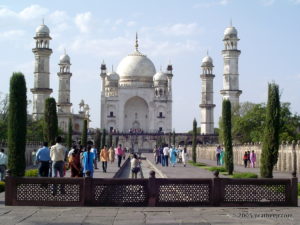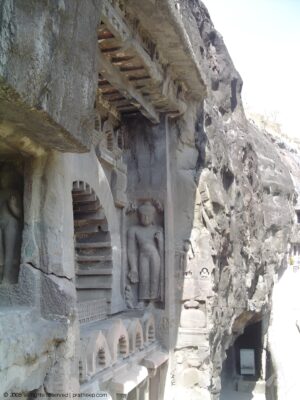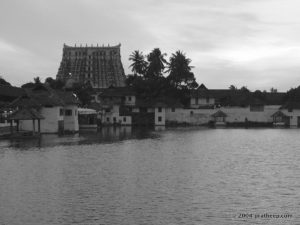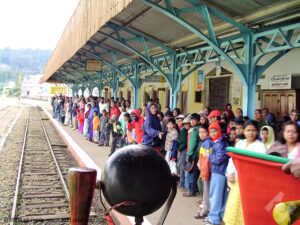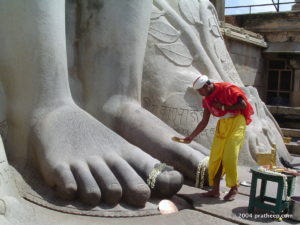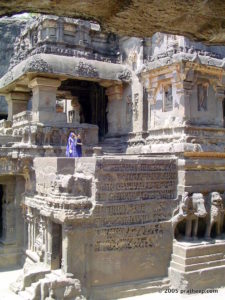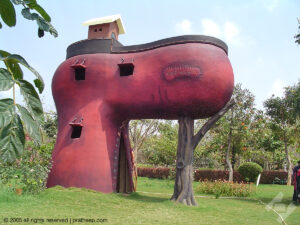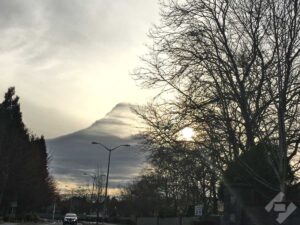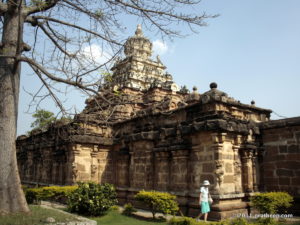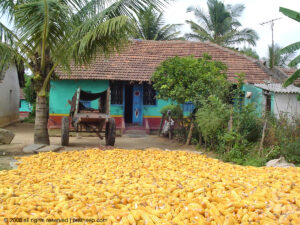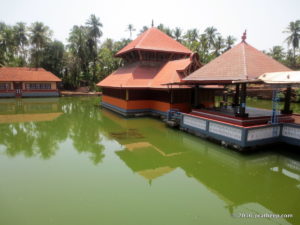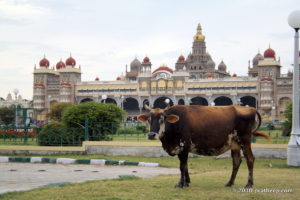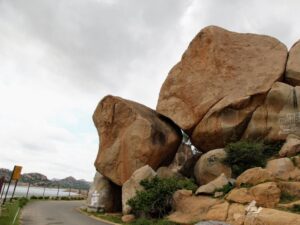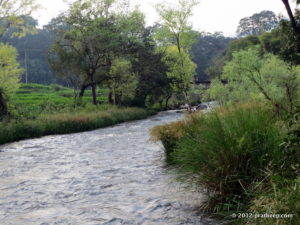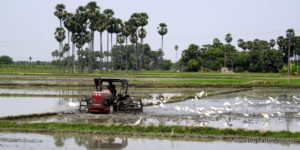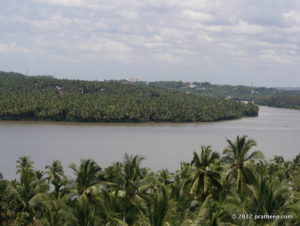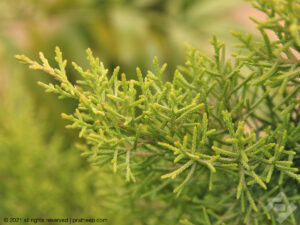Discovery of Ajanta Caves
Since 2nd century BCE, Ajanta Caves have had this peculiarity of going into a cycle of oblivion & re-discovery.
The Ajanta Caves: A Journey Through Time
The Oldest Phase
The oldest of the Ajanta Caves dates back to the 2nd century BCE, during the reign of the Satavahana dynasty.
Out of the 30 known caves, six (Caves 8, 9, 10, 12, 13, and 15A) were excavated during the 2nd to 1st century BCE.
At this time, Ajanta was an active center for Hinayana Buddhism, where the Buddha was worshipped in an iconic or symbolic form, avoiding direct human representations.
First Oblivion
What followed for the next 400 to 500 years remains uncertain.
Ajanta likely fell into obscurity until it was rediscovered and revitalized by the Mahayana Buddhists around the 4th century CE.
Resurgence and Decline
Ajanta entered its most prolific phase during this Mahayana resurgence.
More than 20 new caves were excavated, and some of the older ones were reused. This phase likely continued until the end of the 7th century CE.
Unlike the earlier Hinayana period, Mahayana Buddhism embraced iconic representations of the Buddha.
It was during this period that the famous mural paintings and elaborate sculptural works were created, showcasing rich Buddha iconography and deeply spiritual narratives.
The ebb and flow of activity at Ajanta closely followed the political and religious shifts in the region.
The reasons behind its second decline are speculative at best — but once again, Ajanta was 'abandoned and forgotten'.
Rediscovery
Roughly 'a thousand years later', Ajanta was rediscovered — again.
This time, we have a definitive date: 28 April 1819.
A British officer, John Smith, part of a tiger-hunting expedition, stumbled upon the arched façade of one of the caves. With help from local shepherds, he entered — and left his mark.
Literally.
Right across the chest of a Bodhisattva mural in Cave 10, he scratched the inscription:
“John Smith, 28th Cavalry, 28th April 1819”
Unknowingly, he had vandalized one of the most exquisite murals of the medieval world. That graffiti, now a grim reminder of colonial arrogance, still exists — on the 13th pillar of the cave.
People often ask: How did he reach so high to etch that mark?
The answer lies in centuries of rubble accumulation, which raised the floor by about five feet, allowing Smith to easily reach the spot.
A Legacy Unearthed
What followed after this rediscovery is now part of history.
Expeditions, excavations, and conservation efforts continued, with the last cave in the complex being uncovered as late as 1956.
Ajanta remains not just a monument, but a testament to the rise, fall, and rediscovery of artistic and spiritual grandeur across centuries.
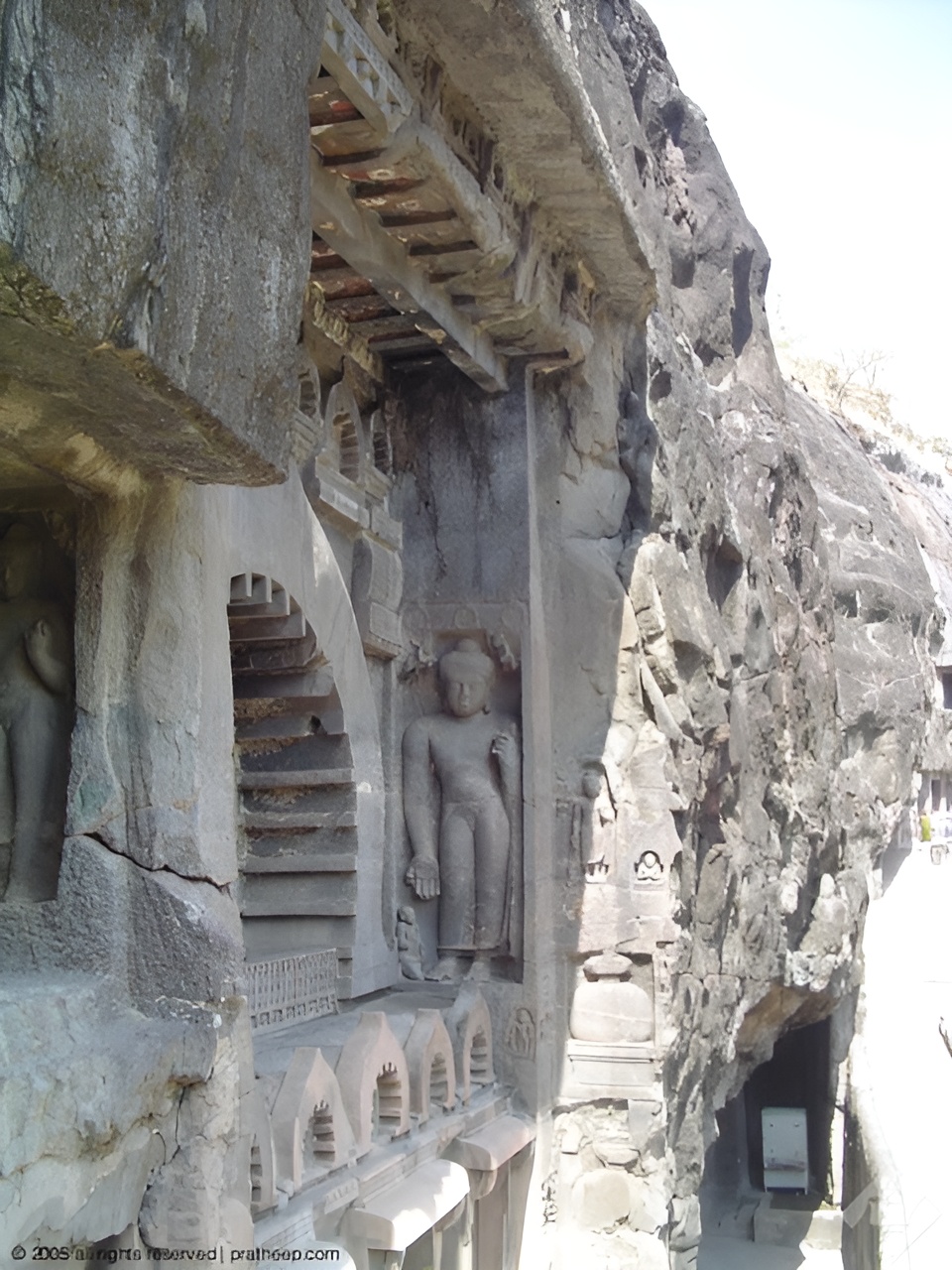
Ajanta Caves
| Ajanta Cave 9
Facade of Cave 9. Just to imitate the camera angle by the 1890 photographer Francis Frith.
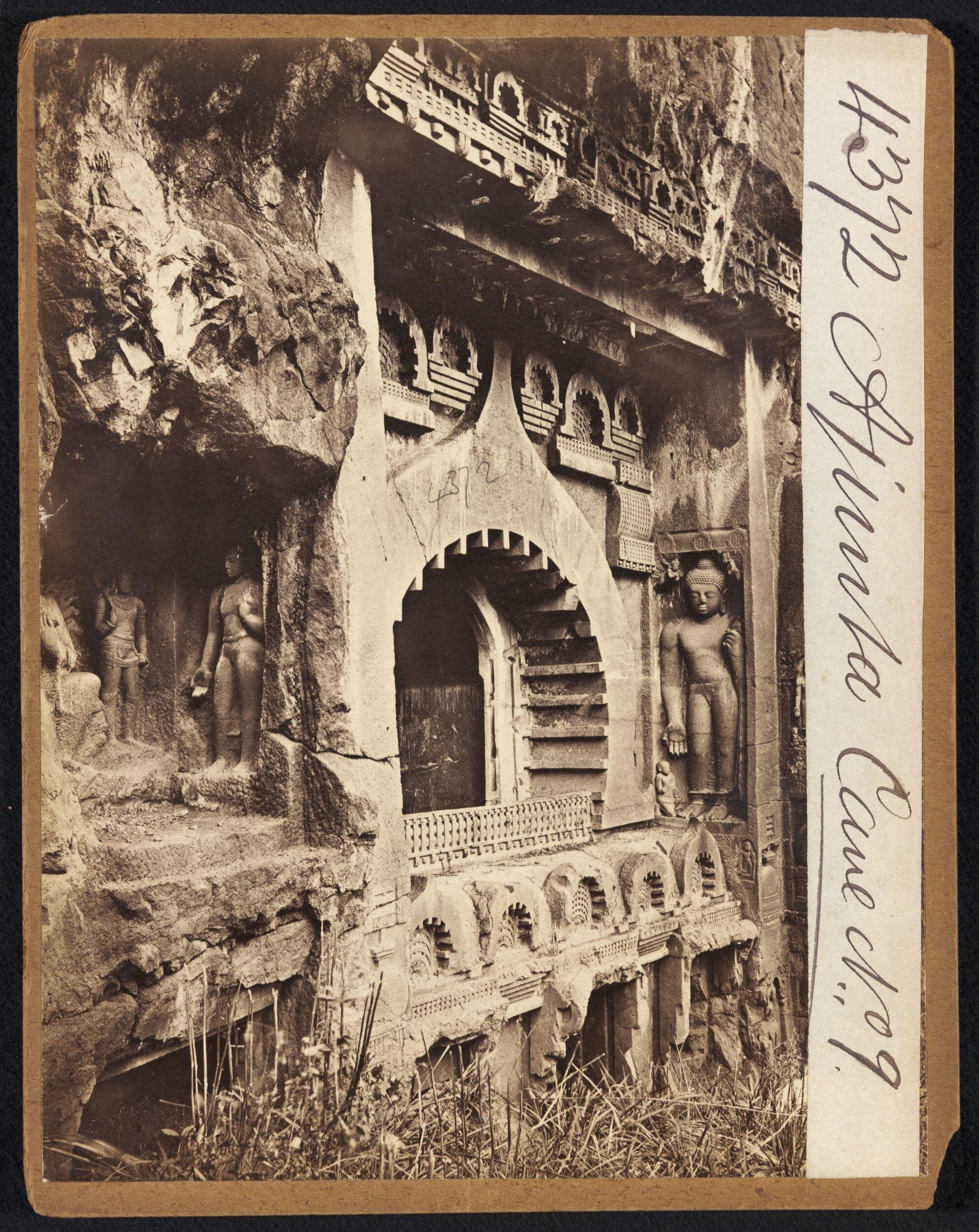
Ajanta Caves
| Ajanta Cave 9 Archive Photograph
Ajanta Cave 9 photographed during in 1850-1860 by Francis Frith, one of the most successful commercial photographers of the period.
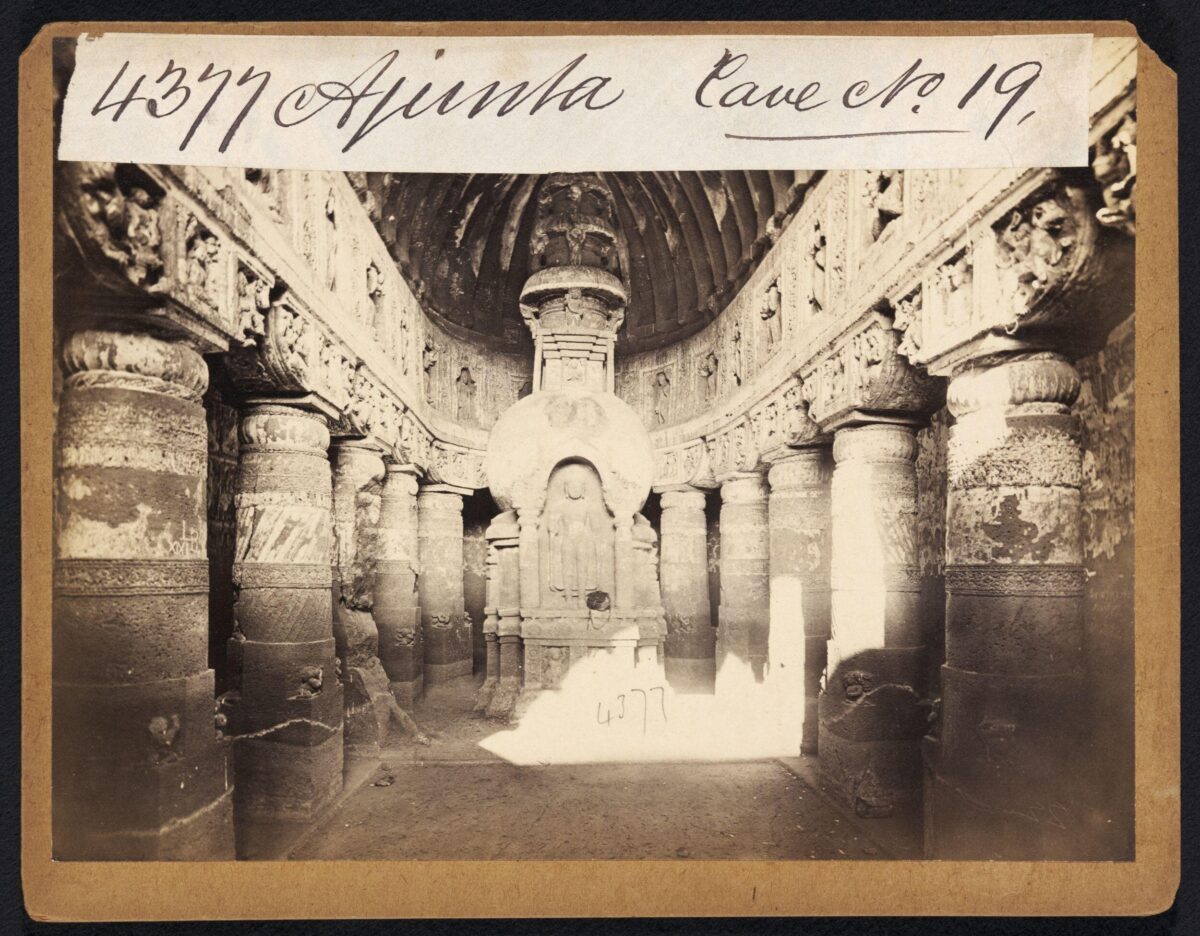
Ajanta Cave
| Ajanta Cave 19 Archive Photograph
Cave No. 19 photographed by Francis Frith,during in year 1850-1860.
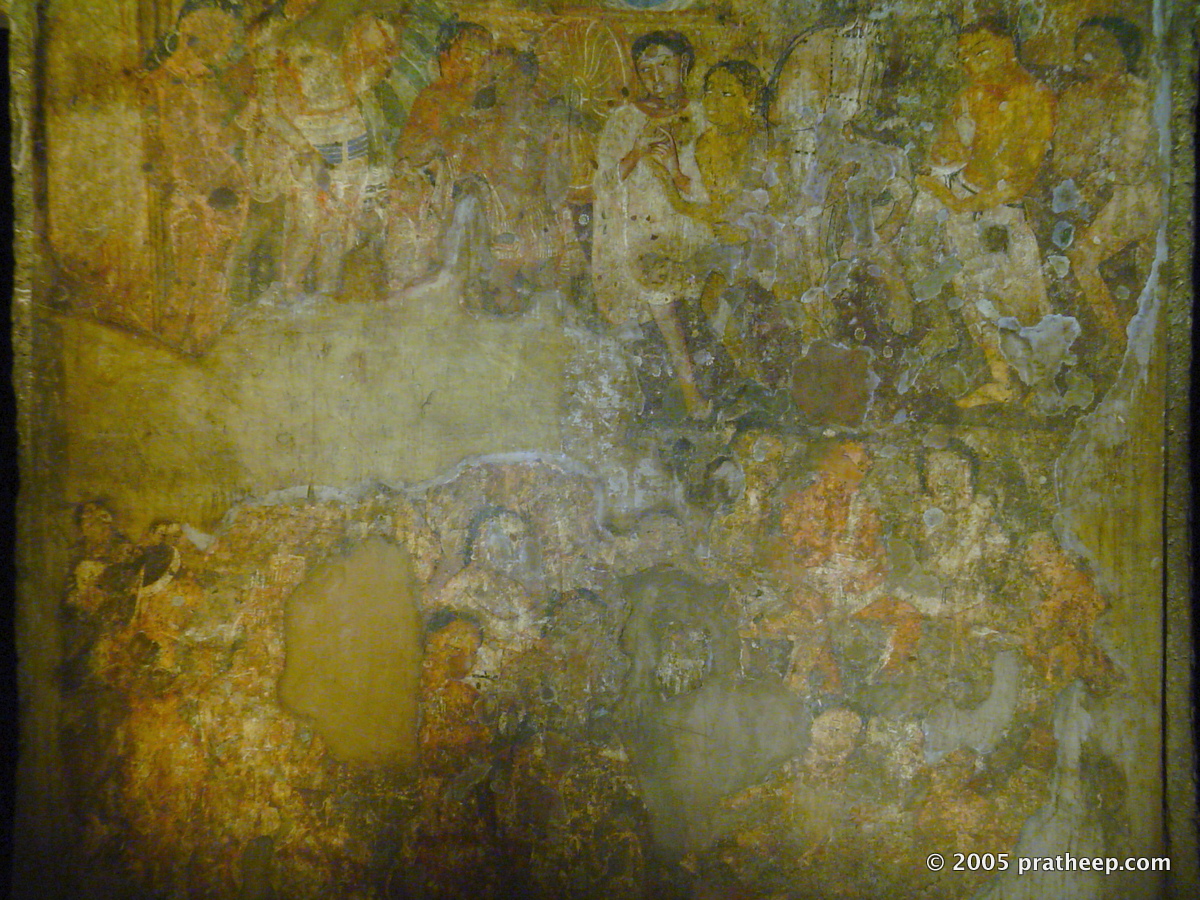
Photographing Ajanta Murals
| Ajanta Murals
It's a challenge to photograph inside the dimly lit caves. Flash is prohibited, as it will deteriorate the pigments (think of 500 flashes a day on these paintings!). These are lit by fibre optic lighting.
GALLERY
Ajanta Caves

Ajanta Cave 9
Facade of Cave 9. Just to imitate the camera angle by the 1890 photographer Francis Frith.
Ajanta Caves

Ajanta Cave 9 Archive Photograph
Ajanta Cave 9 photographed during in 1850-1860 by Francis Frith, one of the most successful commercial photographers of the period.
Ajanta Cave

Ajanta Cave 19 Archive Photograph
Cave No. 19 photographed by Francis Frith,during in year 1850-1860.
Photographing Ajanta Murals

Ajanta Murals
It's a challenge to photograph inside the dimly lit caves. Flash is prohibited, as it will deteriorate the pigments (think of 500 flashes a day on these paintings!). These are lit by fibre optic lighting.




